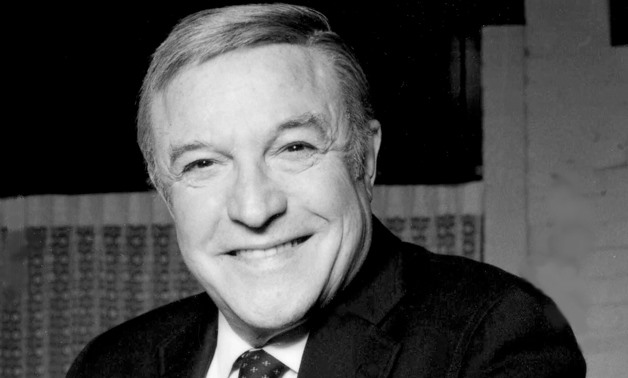
Gene Kelly (Photo: Creative Commons)
CAIRO – 23 August 2017: When we hear the words ‘Singing in the Rain,’ the name Gene Kelly jumps to our minds and we wonder where the musical movies have gone now.
Born on 23 August, 1912, in Pittsburgh Pennsylvania, the iconic artist embarked on his career through multiple performances as an actor, director, producer, and dancer.
His energetic dancing style and the likable characters he played on the screen gained him the enduring love and the fame sought by any movie star. He starred in radio, TV, theater, and movies.
A boy talking about dancing; he was not easily accepted by his friends and neighbors, his mother enrolled him in dancing classes at the age of four, and Kelly rebelled at the age of eight after being scorned by his own friends.
He later became an accomplished sportsman then returned to dancing at the age of fifteen. He was all for dancing; and eventually opened a studio to teach dancing for nearly seven years.
He pursued his passion until his breakthrough performance in the Pulitzer Prize winning performance ‘The Time of Your Life’ on Broadway in 1939; he later moved to Hollywood.
He signed a contract with Metro Golden Meyer (MGM) for his first motion picture ‘For Me and My Gal’ in 1942. The movie was a hit and eventually Gene Kelly established his name in Hollywood. In his role with Rita Hayworth in ‘Cover Girl,’ he created a memorable dance routine to his own reflection.
In his next movie Anchor Aweigh, Kelly was given a free hand to invent, innovate and execute a range of dance routines including his duets with co-star Frank Sinatra and the iconic unforgettable dance with animated Jerry Mouse.
The movie became one the most successful films in 1945 and Gene proved his acting talent and got nominated for Best Actor award. Eventually his success led to collaboration with the legendary Fred Astair in Ziegfeld Follies (1946) for whom he had the greatest admiration.
Kelly’s style and innovation transformed the Hollywood musical and he is credited with almost single-handedly making the ballet commercially acceptable to film audience. He experimented with lighting, camera techniques and special effects to achieve true integration of dance with film. His creativity continued in the use of split screens, double images and live action with animation.
He also refused to categorize his dancing style or give it a name. He drew inspiration from modern dance, classical dance and certainly American folk dance such as tap-dancing and jitterbugging; yet his style was unique and notable.
Musical movies fell out of fashion in the late 1950’s and Kelly made a few movies that fell short of being a success. He concentrated afterwards on directing and producing movies with a few appearances on TV shows and films.
Kelly was a lifelong supporter of the Democratic Party. His period of prominence coincided with the fascistic McCarthy era, he was part of the Committee for the first Amendment, the Hollywood Delegation that flew to Washington to protest at the first official hearings by the House Committee on Un-American activities.
He also used his position on the board of directors of the Writers Guild of America, West on a number of occasions to mediate disputes between unions and the Hollywood studios. Gene Kelly was not just an entertainer … he was a formidable fighter for his own beliefs.
Comments
Leave a Comment